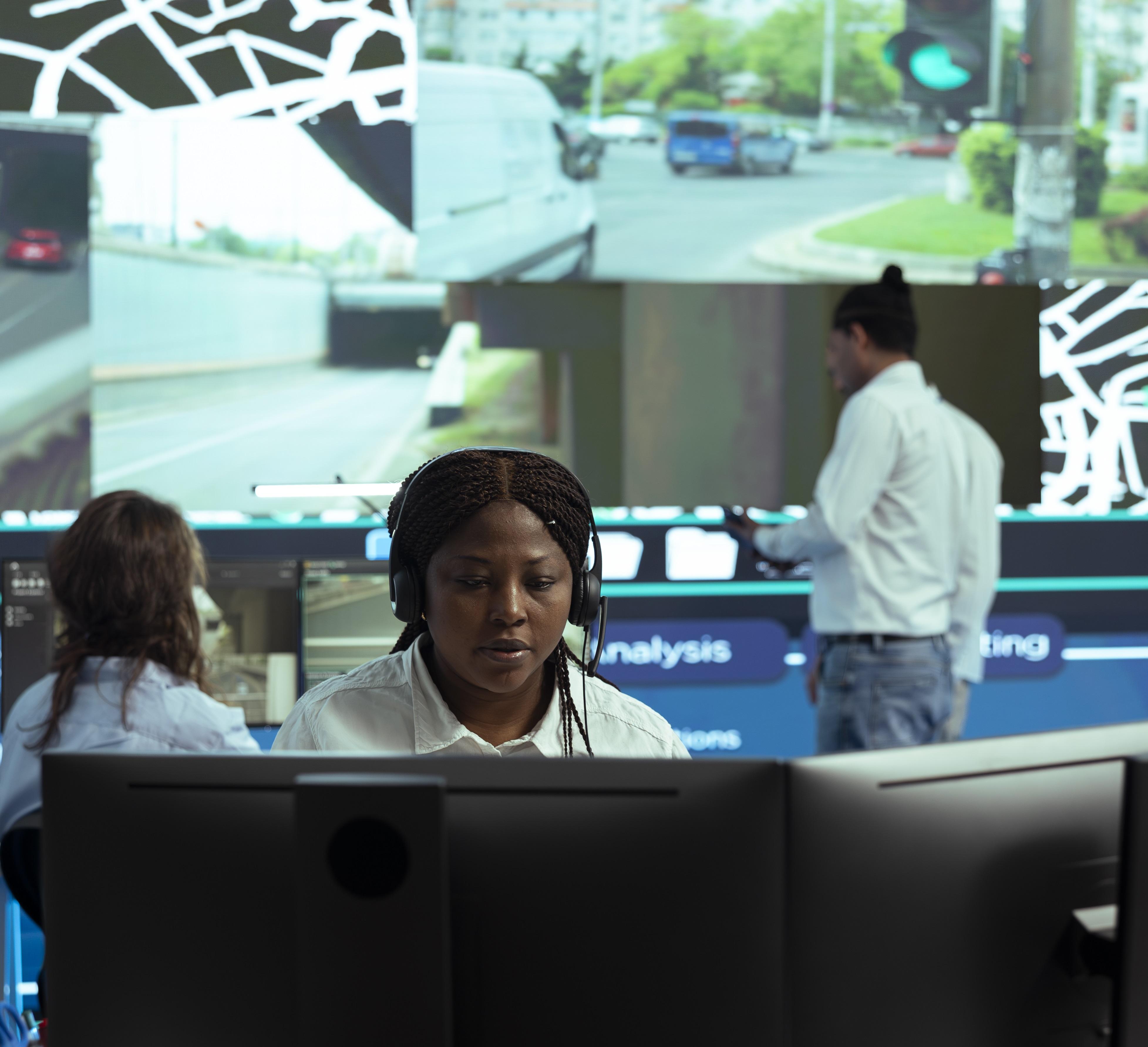Blog
Tetap terkini dengan wawasan bisnis kami, tips ahli, dan berita industri. Tingkatkan pengetahuan Anda dengan tren dan strategi terbaru untuk kesuksesan bisnis.
Mengapa Kesadaran Publik Menjadi Kunci Keberhasilan 112
Waktu Publikasi Selasa, 15 April 2025 | Terakhir Diperbarui 3 bulan yang lalu

Contact Center tidak akan efektif jika masyarakat tidak tahu keberadaannya atau cara menggunakannya. Misalnya, layanan 112 di Indonesia mengintegrasikan polisi, pemadam kebakaran, medis, dan penanggulangan bencana, tetapi rendahnya kesadaran membatasi dampaknya. Sistem tercanggih sekalipun membutuhkan strategi komunikasi terkoordinasi untuk menjangkau berbagai lapisan masyarakat.
Strategi Utama untuk Meningkatkan Kesadaran Publik
Berdasarkan studi desain promosi 112 di Indonesia, berikut cara membangun kampanye yang sukses:
- Manfaatkan Media Sosial untuk Generasi Z
- Konten Edukatif: Video singkat yang menjelaskan kapan dan bagaimana menggunakan layanan (misalnya, "Tahukah kamu 112 melayani kebakaran, kecelakaan, dan kejahatan?").
- Reels/Video Pendek: Simulasi skenario darurat untuk menunjukkan kecepatan respons dan membangun kepercayaan.
- Kampanye Kesadaran: Kerja sama dengan influencer untuk memperluas jangkauan, terutama di kalangan muda.
- Pendekatan Design Thinking untuk Pesan yang Berfokus pada Audiens
- Gunakan survei dan wawancara untuk mengidentifikasi celah pengetahuan masyarakat.
- Uji konten melalui A/B testing untuk menyempurnakan pesan dan visual.
- Kolaborasi dengan Pemangku Kepentingan Lokal
- Bekerja sama dengan sekolah, pusat komunitas, dan media lokal untuk menyebarkan poster, brosur, dan FAQ.
- Latih pemimpin komunitas untuk menjadi advokat layanan di daerah terpencil atau kurang terlayani.
- Transparansi Membangun Kepercayaan
- Bagikan kisah sukses (misalnya, "Bagaimana 112 menyelamatkan keluarga saat banjir") untuk memanusiakan layanan.
- Publikasikan metrik kinerja (misalnya, waktu respons rata-rata) untuk menunjukkan keandalan.
Pelajaran dari Tantangan Indonesia
- Koordinasi Terdesentralisasi: Pemerintah daerah mengelola pusat 112, sehingga diperlukan keselarasan dengan instansi regional dan penyedia telekomunikasi. Kota harus menetapkan protokol jelas untuk kolaborasi antar lembaga.
- Integrasi Infrastruktur: Pastikan jaringan telekomunikasi dan sistem pengalihan panggilan cukup kuat untuk menangani lonjakan saat bencana.
Langkah Praktis untuk Kota Anda
- Lakukan survei awal untuk mengukur tingkat kesadaran masyarakat.
- Kembangkan strategi branding terpadu (misalnya, slogan, logo) agar mudah dikenali.
- Gunakan iklan geotargeting untuk menjangkau wilayah tertentu.
- Selenggarakan pelatihan bagi kelompok rentan (misalnya, lansia, warga yang kurang melek teknologi) tentang cara mengakses layanan.
Dengan memprioritaskan keterlibatan publik, kota dapat mengubah pusat kontak darurat dari alat yang jarang digunakan menjadi penyelamat yang diandalkan masyarakat. Sistem 112 Indonesia membuktikan bahwa teknologi saja tidak cukup—kepercayaan dan kesadaran adalah fondasi utama keberhasilan.